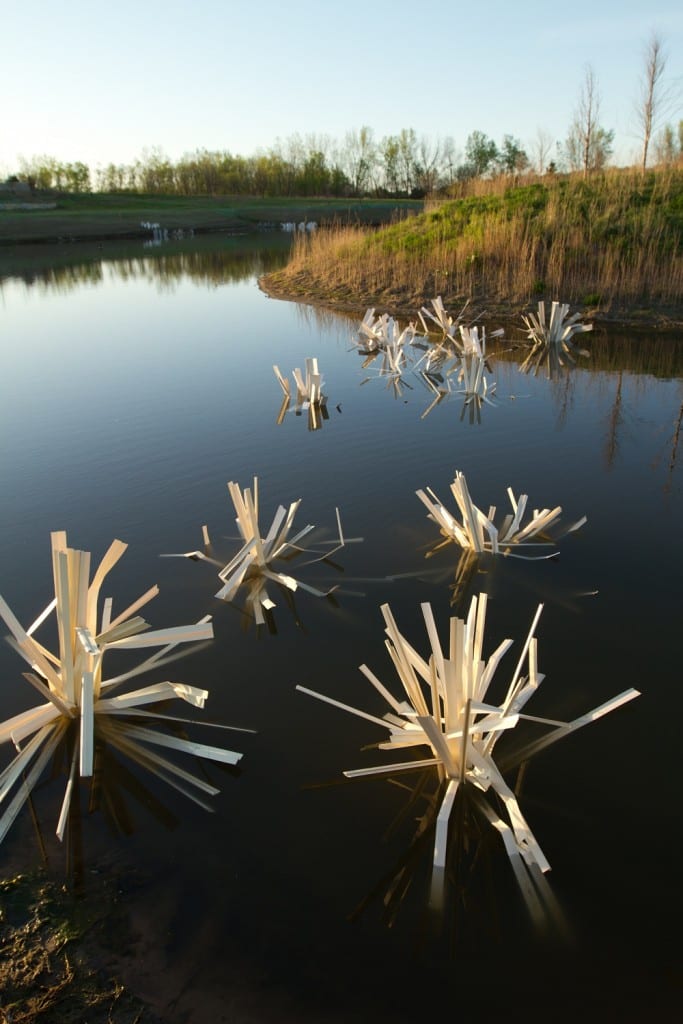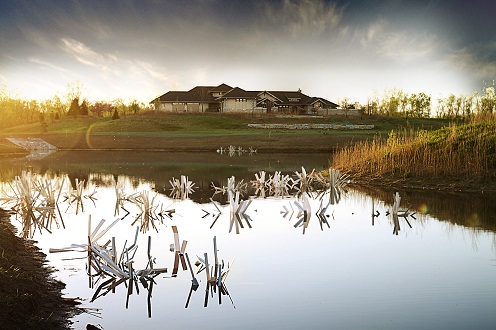by Outdoor Hub News

The sportfishing industry applauds the Secretaries of Interior, Agriculture and Commerce who signed a Memorandum of Understanding (MOU) to promote interagency collaboration on the implementation of the National Fish Habitat Action Plan (NFHAP), a science-based partnership that seeks to protect, restore and enhance fish habitat on a range-wide scale. The agreement will streamline agency efforts and ensure that federal resources are employed in the most effective and efficient manner possible.
The NFHAP was established in 2006 in response to the declining condition of waterways and fish habitat across the country. Through 18 Fish Habitat Partnerships, federal, state, tribal, local and private interests collaborate to conserve and restore fish habitat. This non-regulatory initiative is the most comprehensive effort ever attempted to voluntarily conserve freshwater, estuarine and marine habitats nationwide.

“The recreational fishing community is committed to the conservation and improvement of our waterways and it is gratifying to see the Administration strengthen its commitment to the NFHAP as well,” said Gordon Robertson, American Sportfishing Association vice president. “Our aquatic resources play a large role in the quality of our lives. Healthy waterways and robust fish populations are vital to the well-being of our society and sustainable fisheries, providing recreation, clean water, food and more.”
“This is a big step for our federal partners, who see the value of our strategic approach to conserving fish habitat,” said Kelly Hepler, chair of the National Fish Habitat Board who is also with the Alaska Department of Fish and Game. “Our coordination and involvement with federal agencies has really grown since 2006 and I think today marks a significant day in recognizing that.”
“The NFHAP not only conserves our waterways and fishery resources, it fuels a great economic engine,” said Mr. Robertson. “Recreational fishing has a $125 billion impact on our nation’s economy. The economic, social and conservation benefits of recreational fishing would not be possible without the commitment made by programs like NFHAP to ensure our nation’s waterways are clean, healthy and abundant with fish. Over the years, NFHAP has proven that a small federal investment will benefit all Americans and the resources that we depend on for livelihood and leisure.”
See the dozens of unique artificial fish habitat models, fish attractors and fish cover used at fishiding.com, the leader in proven science based, fish protection.
Between 2006 and 2010, the U.S. Fish and Wildlife Service provided $12 million to support 257 on-the-ground conservation projects in 42 states, leveraging $30 million in partner match, to address the priorities of the Fish Habitat Partnerships. This investment in turn creates jobs and provides economic benefits as results of healthier waterways and increased recreational fishing activity. Investment in the NFHAP since 2006 has generated nearly $1 billion in value and supported over 20,000 jobs. That is a return of over $20 for every dollar spent and one job supported by every $2,400 invested.

“Our next step is to have Members of Congress get on board with this important initiative,” said Mr. Robertson. “The National Fish Habitat Conservation Act (S.1201), introduced by Sen. Lieberman (I-Conn.), will formally authorize and establish a funding source for the NFHAP, providing much needed support for aquatic habitat restoration and conservation across the U.S. Together with the support of the Administration and Congress, we can expand upon the tremendous strides already made by NFHAP in restoring our nation’s waterways.”